24 Sep Golfer Injured in Car Accident
At the time of his 2013 accident, the Plaintiff worked at GolfTEC and was a professional golfer with a class A CPGA certification (Moody v. Hejdanek, 2018 BCSC 380). His duties at work included teaching golf, fitting golf equipment to individuals and administrative duties such as maintaining client contacts. He was consistently one of his employers’ top performers. He also received prize money from golf tournaments he played in.
The Plaintiff had no previous medical history of any significance. He did describe himself as a “germaphobe”. He was averse to visiting medical facilities and reluctant to take medication.
In the first and second year after the accident, the Plaintiff had neck pain, reduced range of motion and difficulty sleeping. He testified that his golf swing was affected by his symptoms. He also had occasional headaches in the first year after the accident, increasing into the second year. He sought advice from his golf clients who were medical practitioners. None of his golf clients suggested he make an appointment for an examination or treatment.
In the third and fourth year after the accident, the neck pain became more frequent and was worse. Nausea began to accompany the pain. Cleaning house became difficult and it was difficult to operate the equipment the Plaintiff used for his clients’ club fitting.
In 2017, the headaches became worse and the Plaintiff struggled just to get through the work day. He was nauseous about twice a week and his sleeping was disrupted. He used over-the-counter medication such as extra-strength Advil. He did not see a need for prescribed medication and he was morally opposed to opioids.
The Judge accepted that the Plaintiff talked to his clients who were medical professionals and that they gave him advice from time to time. Nonetheless, it was significant that there were no records of medical assessment or treatment of the Plaintiff’s injuries from the accident until he obtained expert evidence for his trial.
This created a number of complications for the Plaintiff. First, it required the doctors that he saw in 2017 to make judgments about the medical consequences of the 2013 accident with limited medical information about his history. The primary, or only, source of information available to the doctors was the account of the Plaintiff four years after the fact.
The Defendant argued that the lack of medical attention meant that the Plaintiff did not take reasonable steps to mitigate his injuries. However, the Judge decided that the situation was one of weight to be given to the Plaintiff’s expert evidence rather than of mitigation.
The Judge noted that the absence of medical information could also lead one to reasonably conclude that there were minimal injuries. The Judge concluded that the Plaintiff would have sought out further medical attention if his injuries had been serious enough, as any sensible person would do.
The Judge held that the Plaintiff did suffer a soft-tissue injury to his neck, as well as some injury to the shoulders and headaches. The Judge did not agree that any back complaints were causally related to the accident. The Plaintiff was awarded non-pecuniary damages in the amount of $55,000.
This case highlights that it is extremely important to get proper medical care if you are injured in a car accident. At Acheson Sweeney Foley Sahota, we have the expertise to ensure that you do.


